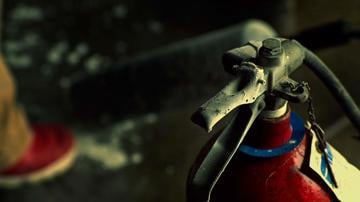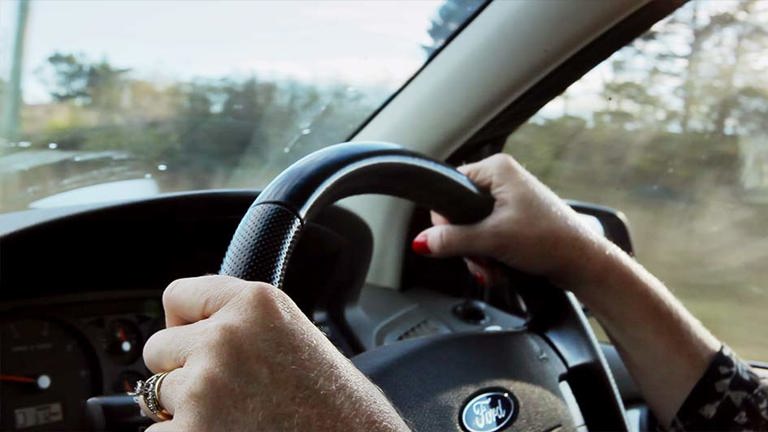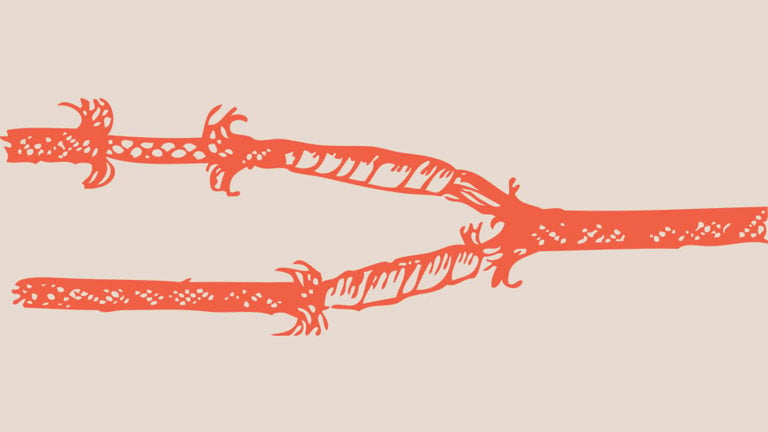If a fire breaks out in your home, you would obviously call the fire brigade, but in the time it takes for them to arrive, it could simply be too late.
Having a fire extinguisher on hand could make all the difference, but only if you use the correct one. Read this simple guide to learn about the different types of fire extinguishers, when to use them and how.
Types of fire extinguishers
In order to determine what sort of fire extinguishers you should have in your home, you need to know the different types or classes of fire.
- Class A -- involves paper, wood, cloth, plastic, rubber and textiles
- Class B -- involves flammable and combustible liquids like grease, oil, petrol and paint
- Class E -- involves electrical equipment
Class-A fires should be extinguished with a water extinguisher, which contains pressurised water that shoots out a jet approximately six metres long, with the aim of removing the heat from the fire.
Class-B fires should be extinguished using a foam extinguisher, which contains a pressurised mixture of water and foam that sprays a jet of approximately five metres long and creates a blanket of foam, which starves the flammable liquids of the oxygen they need to burn.
Class-E fires should be extinguished with a dry chemical powder and carbon dioxide (CO2) extinguisher that also starves the fire of oxygen. Electrical fires should be approached with extreme caution and the power source turned off before fighting the fire, if at all possible.
The best general fire extinguisher for the home is one that works on all three classes of fire. An ABE extinguisher can be used on wood, chemical and electrical fires, but is not recommended for fat fires in the kitchen. These should only be extinguished with a fire blanket or one of the new wet chemical extinguishers now on the market.
Use of fire extinguishers
Research by fire authorities and home insurance providers shows that one in five Australians would not know how to use a fire extinguisher in an emergency. Typically, instructions are on the body of the extinguisher and usually involve four main steps:
- Remove the pin securing the handles
- Aim the nozzle at the seat (base) of the fire
- Squeeze the handles together to discharge the contents
- Sweep the nozzle from side to side across the fire.
Cost of fire extinguishers
A simple fire blanket that can be hung in the kitchen near the stove and will cost you anywhere between $30 and $60, depending on the make and quality. The price of a fire extinguisher depends on its size, but a multi-purpose one-kilogram extinguisher, suitable for use on all three classes of fire, will cost you between $50 and $100, depending on where you buy it.
It’s a modest investment when you think about what it could save you in the long run. It also pays to remember that safety improvements such as these may earn you a discount on your house insurance that may just cover the price of the extinguisher anyway.



